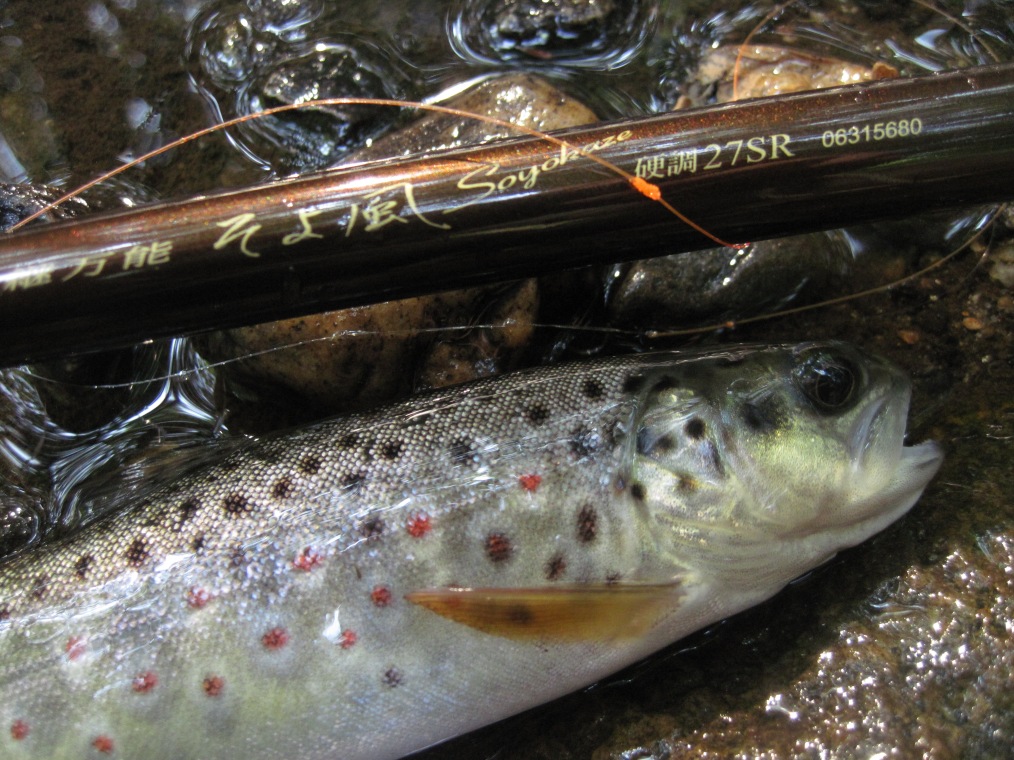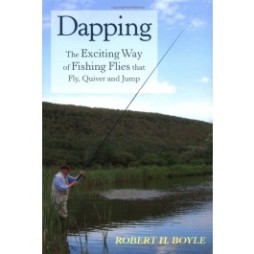Partridge-hackled flies are best choices
Fly-fishing

I think just about any fly will catch fish at one time or another.
But I’m starting to think that flies made with partridge hackle would catch trout in the Crossgates Mall parking lot during a snowstorm. On Black Friday.
OK, that’s an exaggeration. But this is not: Unless there was a compelling reason to use another kind of fly, my first choice on any trout stream in the world would be a simple, yarn-bodied Killer Bug with a brownish hackle of vividly mottled Hungarian partridge.
This is an ancient kind of fly, usually referred to as a soft-hackle, sometimes called spiders in the U.K. The simplicity of it appeals to me — it has the parts a fly needs and nothing else. But the main reason I like these flies is that they work so well.
Back in 1924, John Waller Hills wrote in “A Summer on the Test” that “one of the softest, most compressible patterns is partridge hackle, and, whether this be the reason or not, I consider it the best sunk fly on the Test.”
In recent years, I’ve been fishing soft-hackles much of the time, and I’ve experimented with a few different kinds of hackle feather. There are several good choices for this kind of tying.
Starling, for example, has an iridescent, greenish sheen that (I’m guessing) appeals to trout much the way peacock herl seems to. Flies with peacock herl bodies have serious mojo — the micro-movement of the herl’s fibers and its ever-shifting green, brown and purple colors.
They give an impression of life, at least to human eyes, and apparently to fish eyes, too. Starling is similar. Its very soft hackle fibers wiggle and wave around easily in the water like the flailing legs of a struggling insect. It also has the advantage of being available in small sizes for size 16-20 softies.
Hen is cheap, widely available in many dyed colors and easy to work with. You can make flies that range from tiny to jumbo, and the hackle fibers are nice and uniform, which may or may not impress the fish, but looks nice to the fly-tyer.
Hen pheasant, another popular choice, has an appealing brownish tan color and nicely tapered barbules, and it, too, is very soft, with lots of movement. It’s not quite as easy to find as starling or hen, however, and isn’t much good for flies smaller than size 12.
Red grouse also is less commonly stocked in fly shops, and it too tends to be for larger flies. Its best feature is its beautiful mottling.
But partridge is by far the most popular choice for soft-hackle flies. On a natural skin — and if you want to use this stuff, you must buy a skin, rather than the little packs of individual feathers, most of which are too big or otherwise unfit for use — you’ll find good hackles for sizes from 14 or 16 up.
The pale gray breast feathers with the sharp, fine mottling tend to be the best to tie with, but there are brown feathers on the back, in the middle of the skin, that look great with any generally brown fly, if you can find them in the right size.
The mottling is key. The hackle on these things looks like the banded legs of the kind of spiders that make your kids scream. In the water, drifting and tumbling and darting around, it’s utterly insect-like.
It may look to the fish like a caddis fly pupa, or an emerging mayfly, or a drowned adult mayfly or cranefly or spider. It probably looks like all of them, and trout love to eat them all. Partridge-hackled flies did right by me again just this past weekend. I hooked seven or eight fish on the East Branch of the Croton River in the lower Hudson Valley, and almost all of the ones I landed were at least 12 inches or better.
It was midday under a bright sun, the water was a bit shallow and there wasn’t an aquatic insect to be seen except an occasional midge or tiny olive mayfly. But the trout grabbed that fly with no hesitation, and that’s been my experience much of the time.
So I’m with Hills. Soft-hackle wets tied with partridge hackle are the best sunk flies on the rivers I get to fish, here in New York.
Morgan Lyle’s commentary appears regularly in The Daily Gazette. Reach him at morganlyle@gmail.com.











